According to World health Organization (WHO), the death rate from Cardiovascular Disease (CVD) accounts for almost 12% to 13% of the total death here in Thailand. Which is approximately, 63,000 deaths. Globally, an estimate of 17.9 million people died from CVD in 2016. This represents 31% of the total number of deaths. It was found that in every 2 seconds, there will be 1 person who dies from this disease. Another scary fact is that 60-70% of patients with CVD will have an acute heart attack and die with no leading symptoms.
The time has come for us to understand the seriousness of Cardiovascular Disease and the impact it has on health.
What is Cardiovascular Disease (CVD)
According to National Healthcare UK, Cardiovascular disease (CVD) is a general term for conditions affecting the heart or blood vessels. It's usually associated with a build-up of fatty deposits inside the arteries (atherosclerosis) and an increased risk of blood clots.
It can also be associated with damage to arteries in organs such as the brain, heart, kidneys and eyes. CVD is one of the main causes of death and disability in the world, but it can often be prevented by leading a healthy lifestyle.
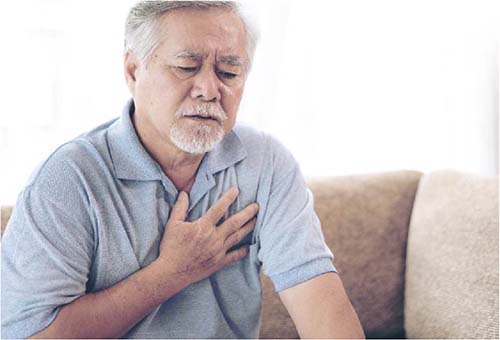
The 4 Types of CVD
-
Coronary heart disease
Coronary heart disease occurs when the flow of oxygen-rich blood to the heart muscle is blocked or reduced. This puts an increased strain on the heart, and can lead to:
-
Angina – chest pain caused by restricted blood flow to the heart muscle
-
Heart attacks – where the blood flow to the heart muscle is suddenly blocked
-
Heart failure – where the heart is unable to pump blood around the body properly
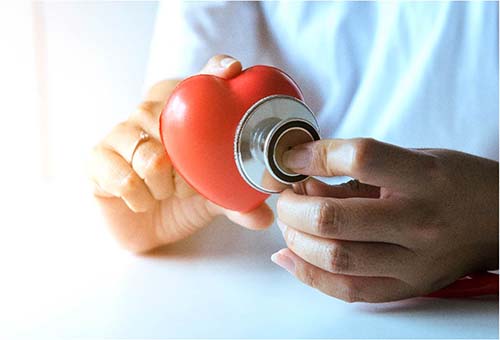
-
Strokes and Transient Ischaemic Attack (TIA)
A stroke is where the blood supply to part of the brain is cut off, which can cause brain damage and possibly death. A transient ischaemic attack (also called a TIA or "mini-stroke") is similar, but the blood flow to the brain is only temporarily disrupted. The main symptoms of a stroke or TIA can be remembered with the word FAST, which stands for:
-
Face – the face may have drooped on one side, the person may be unable to smile, or their mouth or eye may have dropped.
-
Arms – the person may not be able to lift both arms and keep them there because of arm weakness or numbness in one arm.
-
Speech – their speech may be slurred or garbled, or they may not be able to talk at all.
-
Time – it's time to dial emergency immediately if you see any of these signs or symptoms.
-
Peripheral arterial disease
Peripheral arterial disease occurs when there's a blockage in the arteries to the limbs, usually the legs.
This can cause:
-
dull or cramping leg pain, which is worse when walking and gets better with rest
-
hair loss on the legs and feet
-
numbness or weakness in the legs
-
persistent ulcers (open sores) on the feet and legs
-
Aortic disease
Aortic diseases are a group of conditions affecting the aorta. This is the largest blood vessel in the body, which carries blood from the heart to the rest of the body.
One of most common aortic diseases is an aortic aneurysm, where the aorta becomes weakened and bulges outwards.
This doesn't usually have any symptoms, but there's a chance it could burst and cause life-threatening bleeding.
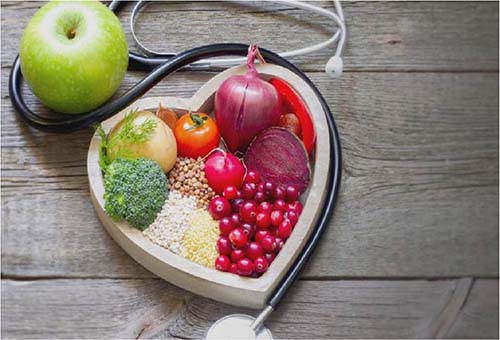
Causes of CVD
There are lots of things that can increase your risk of getting CVDs especially if you are above the age of 40. These are called risk factors. The more risk factors you have, the greater your chances of developing CVD. Some of the key risk factors are as follows:
-
High blood pressure
-
Smoking
-
High cholesterol
-
Diabetes
-
Sedentary lifestyle
-
Being overweight or obese
-
Hereditary factors
Preventing CVD
A healthy lifestyle can lower your risk of CVD. If you already have CVD, staying as healthy as possible can reduce the chances of it getting worse. Ways you can reduce your CVD risk are outlined below:
-
Stop smoking
-
Have a balanced diet
-
Exercise regularly
-
Maintain a healthy weight
-
Cut down on alcohol
-
Medication compliance
Conventional approach
Treatment according to general medicine can be done in various methods. The treatment guidelines depend on the severity of the disease and the doctor’s treatment plan. Some of the interventions are as follows:
-
Oral medication, like vasodilators, anticoagulants or thrombolytic drugs,
-
Hypolipidemic agents
-
Balloon angioplasty
-
Coronary artery surgery (Bypass)

Integrative approach
Apart from just curing the symptoms of the disease, we place an absolute importance on finding the root cause (level of inflammation or blockage of the blood vessel). We also look into preemptive planning or prevention care for healthy clients by examining for the value of High Sensitivity C-reactive protein (Hs-CRP). It is another way to screen for the risks of ischemic heart disease while considering other risk factors like the following:
-
Insulin resistance
-
The waste level of homocysteine
-
The level of free radicals
-
The level of heavy metal toxins
-
Leaky gut and latent infection
An example of proactive integrative treatment is as follows:
Insulin resistance client:
-
By using the oxidation process to reduce inflammation of blood vessels
-
Chelation therapy detoxifies through the blood vessel system by using EDTA amino acids mixed with vitamins to get rid of toxins in the body through the urine. This helps to reduce the risks from clogged blood vessels due to heavy metal toxins.
Provide antioxidant through:
-
Use of nutrients
-
Vitamin therapy
-
Herb therapy
-
Adjust the way of life
The treatments above can help clients take steps to prevent ischemic heart disease by taking preemptive actions.




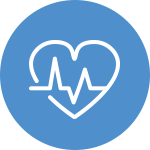
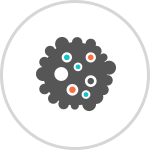

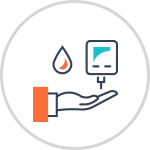
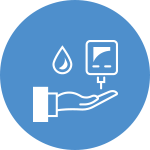
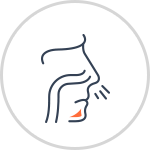

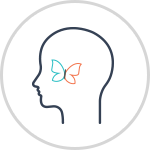
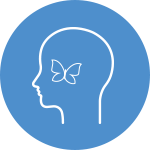
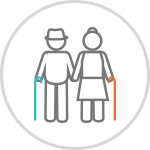
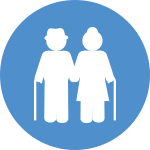
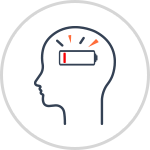

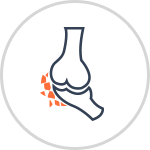


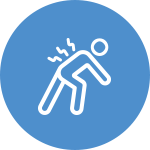

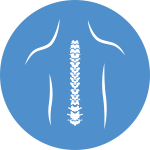
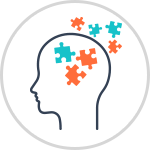
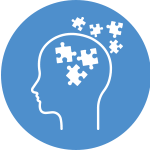

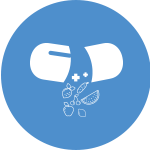

Sign In
Create New Account